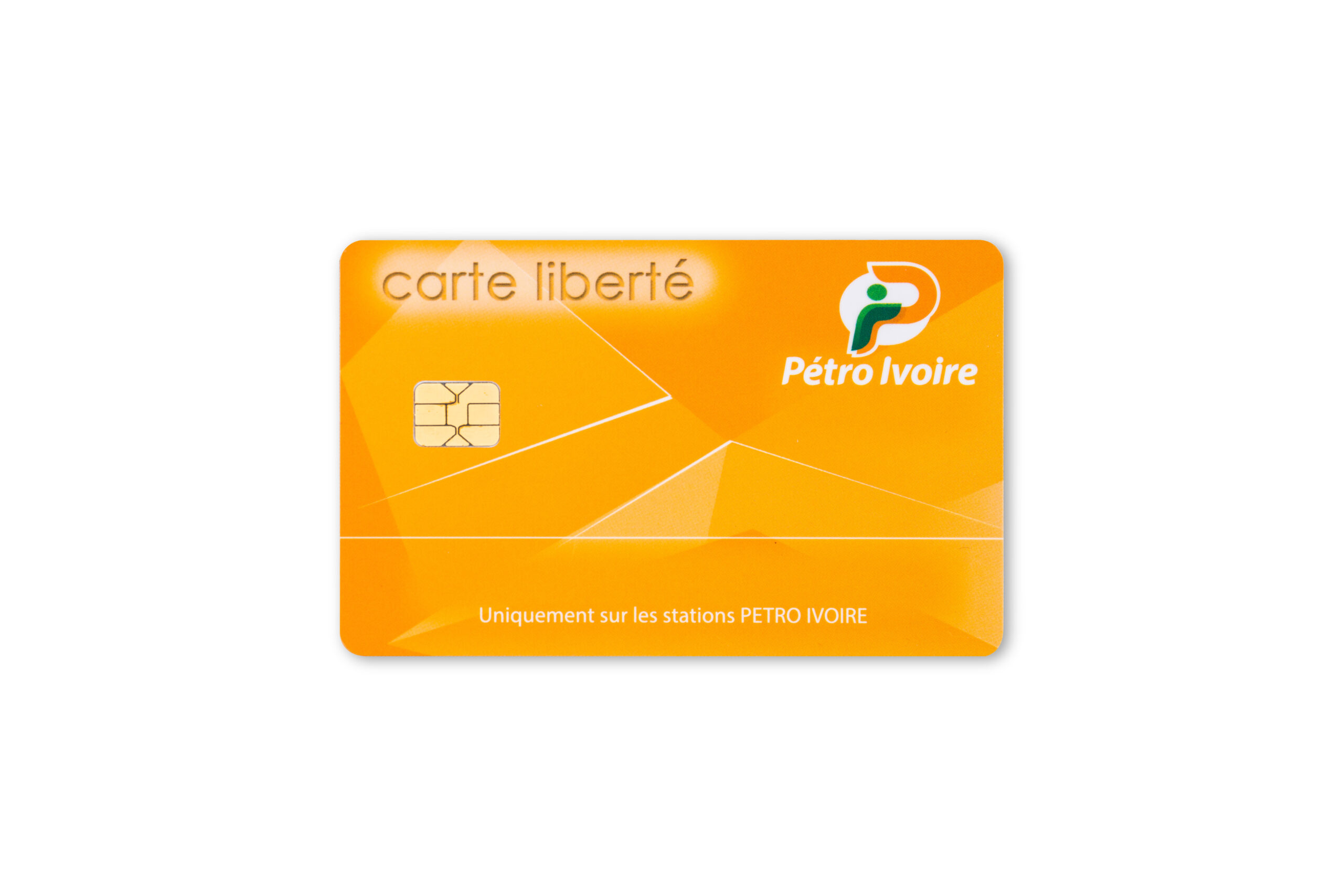
What is a JAVA card, and how does it work?
As we traverse the expansive landscape of digital security, the term “JAVA Card” emerges as a beacon of innovation, offering a unique intersection between Java programming and smart card technology. In this comprehensive exploration, we will unravel the intricacies of a JAVA Card and delve into its operation’s fascinating realm. From the foundational concepts to the practical applications, this blog post aims to demystify the JAVA Card, shedding light on its significance and functionality in the ever-evolving world of secure digital systems.
1. Demystifying JAVA Card: An Introduction to Secure Java Programming
Defining the JAVA Card
At its essence, a JAVA Card is a smart card that incorporates the Java programming language for secure and versatile applications. This section provides a fundamental definition of the JAVA Card, highlighting its unique position at the convergence of smart card technology and Java programming. By delving into the core definition, readers gain a clear understanding of the purpose and potential of JAVA Cards in the realm of digital security.
The Evolution of Smart Cards
Trace the evolution of smart cards to contextualize the emergence of JAVA Cards. Discuss how smart cards have evolved from basic memory storage devices to sophisticated platforms capable of executing complex applications securely. By understanding the historical trajectory, readers gain insights into the transformative role that JAVA Cards play in advancing smart card technology.
2. The Anatomy of a JAVA Card: Components and Architecture
Physical Components of a JAVA Card
Explore the physical components that constitute a JAVA Card. Discuss the elements such as the microprocessor, memory, and I/O interfaces that form the backbone of a JAVA Card. By dissecting the physical components, readers gain a visual representation of the intricate architecture that enables JAVA Cards to function as secure, portable, and programmable devices.
The Java Card Virtual Machine (JCVM)
Dive into the heart of a JAVA Card—the Java Card Virtual Machine (JCVM). Discuss how the JCVM is a specialized runtime environment that executes Java bytecode on the constrained resources of a smart card. By exploring the JCVM, readers gain insights into the tailored environment that allows JAVA Cards to run Java applications securely within the limitations of smart card hardware.
3. Programming for Security: Java Card and Applet Development
Java Card Applet Development
Shift the focus to the programming aspect of JAVA Cards, emphasizing the development of Java Card applets. Discuss how applets, small Java programs, are developed and loaded onto JAVA Cards to enable specific functionalities. By exploring the applet development process, readers gain a practical understanding of how Java Card applications are customized to suit diverse, secure scenarios.
Security Features in Java Card Programming
Delve into the security features embedded in Java Card programming. Discuss how JAVA Cards leverage Java’s security model to ensure the confidentiality and integrity of data. By understanding the security mechanisms, readers gain insights into the robust safeguards that make JAVA Cards a trusted platform for secure digital transactions and interactions.
4. Communication Protocols: The Role of FeliCa Cards in Secure Transactions
Introduction to FeliCa Card
Introduce the concept of FeliCa cards within the context of JAVA Card technology. Discuss how FeliCa is a contactless RFID smart card system that facilitates secure and speedy transactions. By exploring the role of FeliCa cards, readers gain insights into the communication protocols that JAVA Cards can employ, expanding their utility in diverse scenarios.
Secure Transactions with FeliCa
Dive deeper into the secure transactions enabled by FeliCa cards. Discuss how these cards, often used in applications like public transportation and mobile payments, enhance the speed and security of contactless interactions. By examining FeliCa’s role, readers understand how JAVA Cards, integrated with FeliCa technology, contribute to seamless and secure transactions.
5. Practical Applications: JAVA Card in the Real World
Payment Systems and Banking
Explore the practical applications of JAVA Cards in real-world scenarios, starting with payment systems and banking. Discuss how JAVA Cards, equipped with secure applets, facilitate safe and convenient transactions in the financial sector. By examining their role in payment systems, readers gain insights into the everyday applications of JAVA Cards that impact millions of users globally.
Identity Authentication
Shift the focus to identity authentication as another crucial application of JAVA Cards. Discuss how these cards play a pivotal role in authenticating users, securing access to sensitive information, and ensuring the integrity of digital identities. By exploring identity authentication, readers gain an appreciation for the multifaceted role that JAVA Cards play in bolstering digital security.
6. Challenges and Innovations: Navigating the Future of JAVA Card Technology
Challenges in JAVA Card Implementation
Acknowledge the challenges associated with implementing JAVA Cards in various systems. Discuss factors such as resource constraints, interoperability issues, and evolving security threats that present ongoing challenges. By recognizing these challenges, readers gain insights into the dynamic landscape of JAVA Card technology and the continual innovations aimed at overcoming these hurdles.
Innovations and Future Trends
Highlight ongoing innovations and future trends in JAVA Card technology. Discuss how advancements in hardware, programming languages, and security protocols contribute to the evolution of JAVA Cards. By exploring innovations, readers gain a glimpse into the future of JAVA Card technology and its potential impact on enhancing digital security across diverse industries.
Conclusion: JAVA Card Unveiled—Securing the Digital Frontier
In conclusion, this journey through the intricacies of JAVA Card technology has illuminated its role as a cornerstone in the realm of digital security. From its inception as a convergence of Java programming and smart card technology to its practical applications in secure transactions and identity authentication, the JAVA Card stands as a testament to innovation in the digital era. As we navigate the future, JAVA Cards will continue to play a pivotal role in securing the digital frontier, ensuring that sensitive information remains safeguarded in an ever-connected world.


